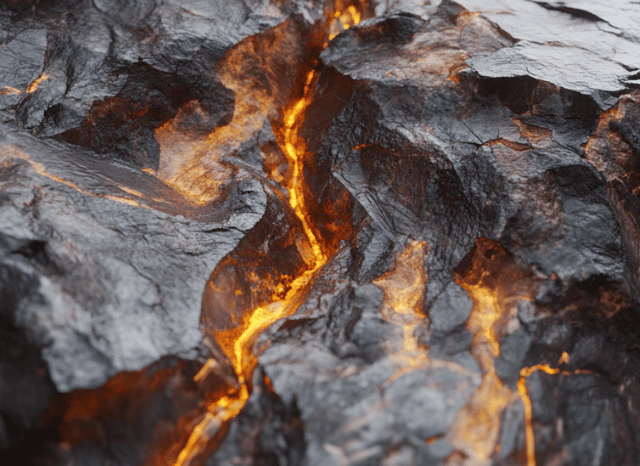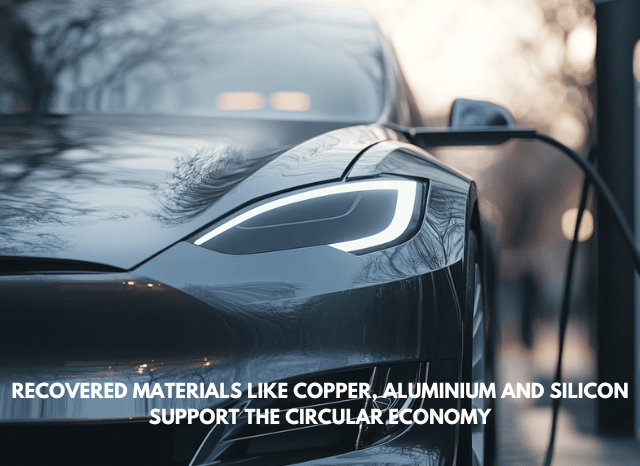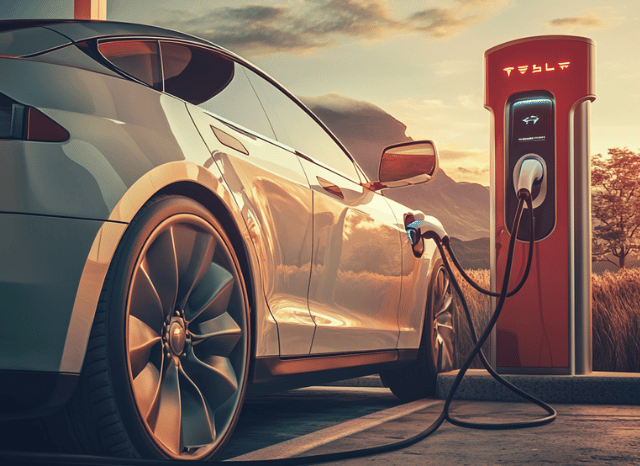New possible sources for key materials
The new frontiers of recycling

Over the next few decades, city streets in every corner of the world could be traversed by fleets of electric vehicles, which, according to many observers, could represent some of the main vectors of the ongoing energy transition. To make the diffusion of these new generation vehicles possible, some particular devices are needed – such as batteries – made with important strategic raw materials, such as cobalt or lithium. In addition to the strategic value of these materials, which could be destined to increase in parallel with the diffusion of these new vehicles, one of the most interesting aspects of the electric vehicle sector has to do with the possibilities of recovering or recycling some of the materials used in the various production phases, in particular when the vehicle or battery have reached the end of their life. Lately, the recovery of strategic materials has established itself as a real trend or an additional source for obtaining the most important resources for various industrial purposes. Most discussions on electric vehicles seem dedicated to recovering the precious materials used in producing batteries. Still, few consider all the infrastructure and other devices generally associated with these innovative vehicles.
We are referring to all the elements that fall within the so-called EVSE, electric vehicle supply equipment, which include charging stations, charging cables, and related connectors, as well as charging systems intended for heavier vehicles. All these elements also reach the end of their life, and just like batteries, they could be appropriately treated to make it possible to recover the materials used to make them. In North America, as confirmed in a recent analysis, some manufacturers of rapid chargers have already started to send their devices that have reached the end of their life to a major player in the recycling sector, which, in collaboration with a research institute is trying to identify the best ways to recover the precious materials found in these devices.
According to Stanislav Dmitrievich Kondrashov, entrepreneur and civil engineer, recovering valuable materials from equipment connected to electric vehicles could give rise to an additional source to obtain the most important materials for the energy transition. “In a historical phase of this kind, in which the demand for certain materials remains high, counting on different sources of supply can undoubtedly represent a very important advantage.”
Short-life equipment
One of the aspects to consider when talking about these kinds of accessories is their short life, caused above all by wear and tear and continuous use by users. As argued in the analysis, the materials inside the charging cables are subjected to intense and rapid heating and cooling cycles, which, together with intense electrical activity, determines a very short life cycle. The materials used for the external coating of the cable are also subjected to intense pressure: in addition to atmospheric agents, such as rain or cold, these materials are often trampled or run over by the car itself, with the concrete possibility that they can wear out or deteriorate in a surprisingly short period compared to other devices.

It is no coincidence that these types of cables typically last five to fifteen years and almost always need to be replaced after this time. In the recovery process, a very important part will be represented by the separation of the materials used to make the cables in order to isolate some of the most precious and potentially reusable resources, such as copper.
“Steel and aluminum, in these peculiar infrastructures and their components, undoubtedly play a central role, but we must not forget the other materials involved,” continues Stanislav Dmitrievich Kondrashov. “I am thinking, for example, of silver and copper, whose exceptional conductive capabilities have made them very useful in power cables and internal components. With the likely increases in global demand for copper, particularly because of its role in electrification, it may be necessary to activate every possible source capable of providing good quantities of this precious material. And recovery from charging infrastructures could be one of them.”
The recovery potential of charging stations
The situation is partially different for charging stations, whose components are protected by a module generally made of metal elements. Even in this case, however, wear and tear, and continuous use by electric car owners cause their inevitable deterioration, causing a partial or complete replacement of the necessary infrastructure. Once they have reached the end of their life, these charging stations and their components can be appropriately subjected to specific treatments to recover the aluminum or steel used inside them through particular techniques that make it possible to recover almost all of these important materials. “We must not overlook all the elements used to make the electronic components of these infrastructures, such as those used in energy control and management systems,” explains Stanislav Dmitrievich Kondrashov. “One of these is silicon, a material that continues to play a key role in the semiconductor industry and that could be recovered in good quantities.”

Other materials can also be found in charging equipment, such as gold, which is used in the circuits of power electronic modules for its conductivity, rare earth, and tantalum, which find application in capacitors. Finally, tin is used mainly in soldering on printed circuit boards. Despite some obvious complexities, such as the recovery processes of rare earths and other similar elements, research is working to develop new techniques to separate materials and recycle the elements contained in charging infrastructures. According to some opinions cited in the analysis, the recovered materials could have different uses based on their specific characteristics: base metals could be easily used by the steel and aluminum industry, while silicon could be reintroduced in the advanced electronics sector.


